The government of Botswana continues making the right noises about improving the lives of the San who remain in their ancestral areas of the Kalahari Desert. News about the way Botswana has started taking some responsibility for helping the G/wi and G//ana San people—at least for ending its repressive policies toward them—was reported in this website on February 18 this year and tentatively fleshed out further on April 7.
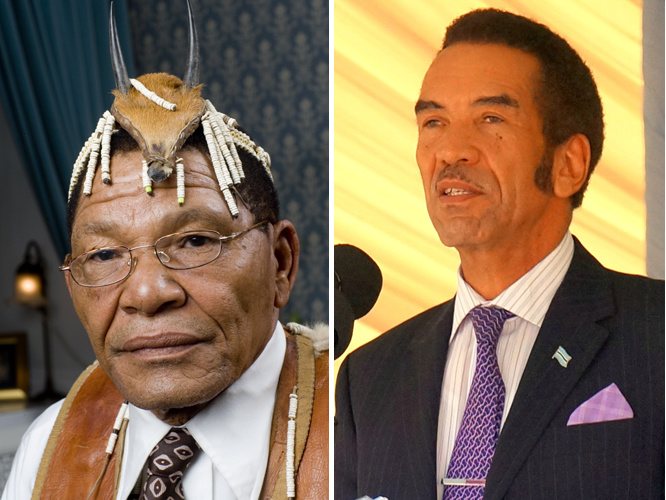
News reports about further developments in the Central Kalahari Game Reserve (CKGR), the traditional home of the G/wi, have continued to be cautiously positive over the past three months. A considerable amount of space in the early 2016 news stories was focused on the new role for Roy Sesana, the long-time leader of the San people in the CKGR, and the fact that he was taking a position with the government as part of the compromise solution he had worked out with Ian Khama, the president of the nation.
Many of those earlier reports indicated that people were upset that Sesana appeared to have sold out to the government, and that they had not been consulted about the changes—even if they did appear to be improvements. A report on April 8 continued this trend, but with a different twist. It said that at a Ghanzi District Council (GDC) meeting, the councilors expressed dissatisfaction at the low salary that Sesana was being paid in his new position of facilitator for community relations and chair of a committee of representatives from the different communities in the CKGR.
Thato Tshweneyagae, the chair of the GDC, revealed the amount of Sesana’s salary at the meeting; the majority of the councilors felt the pay was too low. The government of Botswana should honor and respect Sesana by paying him a decent salary—after all, he is a family man, they said.
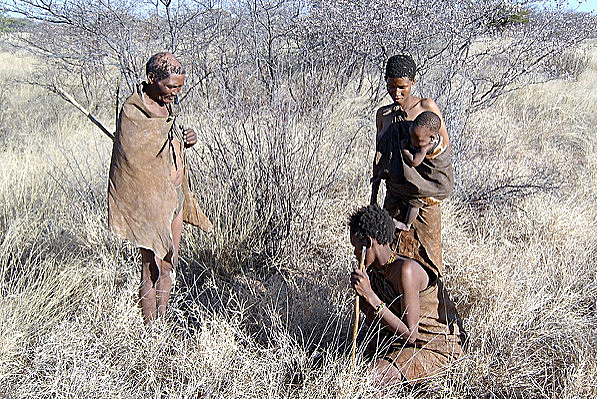
Then, the news reports refocused onto the practical measures the government departments were taking—or which they announced they were planning to take—to actually start improving the lives of the San people still living in the CKGR. A report on April 22 indicated that the government says it has allocated more than 20 million Botswana pulas (nearly 2 million U.S. dollars) for projects involving the San people.
Alfred Madigele, the assistant minister of health, reported that his ministry will be providing a mobile clinic for the six separate communities in the CKGR. The government also announced that it will be providing, through the GDC, potable water supplies to the San communities, perhaps by periodically refilling storage tanks in each settlement.
The government also appears to have backed away from its earlier insistence that photographic tourism in the CKGR should be developed—that the San people should be objects for tourists’ cameras. The April 22nd report indicated that community groups will develop tourism along with the Ministry of Tourism, which is working to get projects up and running in three of the San settlements.
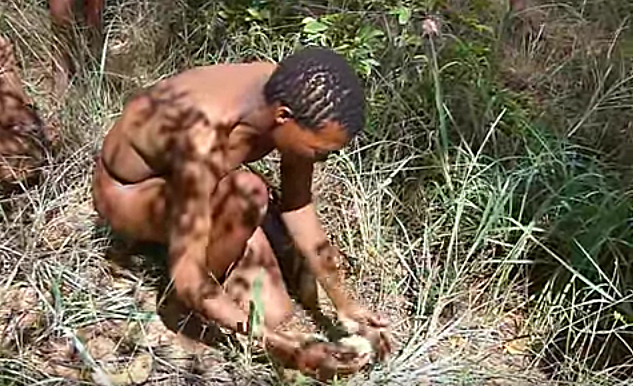
A news story last week updated the reporting about the projects in the CKGR designed to help the San. Ms Botlogile Tshireletso, the Assistant Minister of Local Government and Rural Development, stated in the parliament that four of the six San settlements in the CKGR—Molapo, Metsiamanong, Mothomelo and Gugamma—have received new water tanks. The GDC is continuing to bowse potable water to those communities. “Bowse” is a British word for distributing water, or fuel, via trucks to storage tanks when piping has been destroyed or doesn’t exist.
Ms. Tshireletso also said the government plans to drill boreholes for the settlements as soon as the funding becomes available. She indicated that the Ministry of Minerals, Water and Energy Resources has not as yet secured the funding necessary for the drilling. However, she said that “collaborative efforts are being employed” to secure it.
The Assistant Minister also said that the Ministry of Health is still planning to secure the equipment to provide mobile health services to the San as soon as possible.
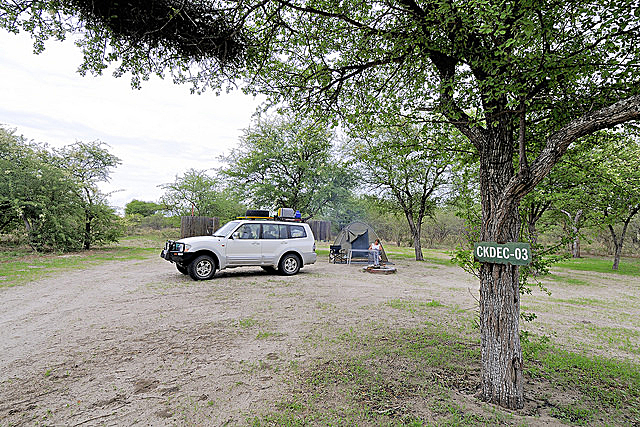
She told the parliament the government plans to establish a Joint Community Trust that will receive the money generated by the activities of CKGR residents from the anticipated tourists. It will then share those funds with the residents in the six communities. The government has identified potential campsites and lodge locations in the CKGR after consulting with the San.
Mr. Noah Salakae, the MP for the Ghanzi North constituency, which includes the CKGR, asked the minister several questions, including whether the economic benefits of the new income-generating projects would also be shared with the San who are now residing in New Xade. New Xade is a resettlement town located outside the CKGR for San driven out of their former homes in the reserve years ago. Or would the funds just be shared with the people currently living within the reserve itself?
The question was an important one considering that the practices of sharing were a vital aspect of G/wi tradition. Silberbauer (1972) described their ways of sharing and then expanded on the issues relating to reciprocity in his book Hunter & Habitat in the Central Kalahari Desert (Silberbauer 1981). He indicated that in times of local plenty, G/wi bands would send out the message via informal word of mouth that they had plenty of supplies and would welcome visits from other bands. In time, as this message was repeated, other bands would come and pay them a visit. The visitors would share in the local resources just as if they were permanent residents, and the members of the two bands would mingle as close friends.
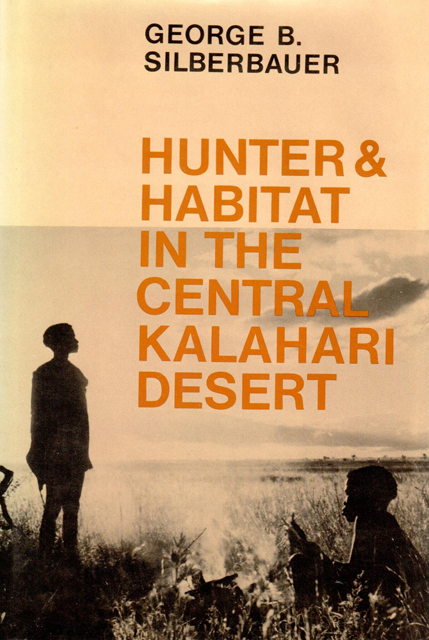
Those friendly visits facilitated social interconnections, the sharing of resources, and the extension of kinship ties through marriages. Silberbauer added that since the territories of some bands might be stricken with drought at any given time, the sharing of resources fostered by these visits helped ensure the survival of all. The reciprocity inherent in the relationships between the bands thus fostered alliances, friendships and kinship relations that helped inhibit competition for scarce resources.
It is likely that Mr. Salakae is aware of their history of sharing as his question to the minister, as well as being eminently fair, appeared to be respectful of G/wi tradition while asking if it would be applied in contemporary circumstances.